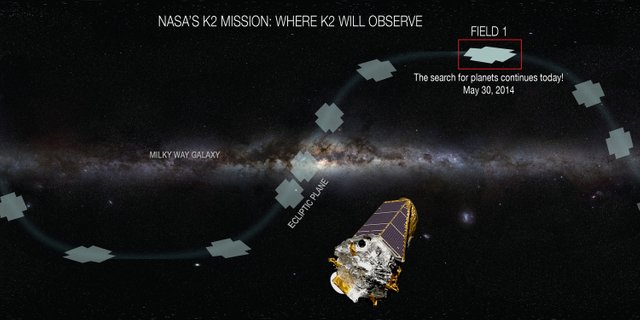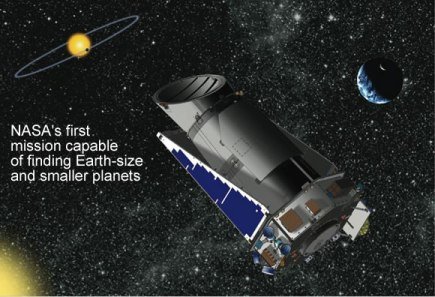The Kepler mission runs out of fuel - will stop "hunting" exoplanets
NASA's Kepler spacecraft has survived many years during its nine years of service, from mechanical failures to a bath of cosmic rays. The Kepler spacecraft, dedicated to the search for exoplanets that orbit the Earth at 154 million kilometers, is running out of fuel.

It was launched in 2009 and, in 2013, failures in two of four reaction wheels frustrated its main mission, since the telescope could not aim accurately.
Since then, he is in what is called an extended mission, called K2. He received a new chance to live by using the pressure of sunlight to maintain his orientation. In this second life, the spacecraft changes its field of vision to new portions of the sky in each campaign, that is, every three months. Initially, Kepler's team estimated that the K2 mission could carry out 10 campaigns with the remaining fuel, and yet we are at number 17.

"Our current estimates are that Kepler's tank will dry out in several months, but we have already been surprised by its previous performance, so although we anticipate that the flight operations will end soon, we are prepared to continue as long as the fuel permits." explains Charlie Sobeck, mission systems engineer. Kepler's team is planning to collect as much scientific data as possible in its remaining time and send it to Earth before the loss of fuel-driven propellers means that the ship can no longer be targeted for data transfer.

But deep-space missions, like Kepler, are neither close to Earth nor in sensitive environments, which means you can squeeze every last bit of data from the spacecraft.
And as Kepler draws to a close, his relay, NASA's Transiting Exoplanet Survey Satellite (TESS) satellite launches on April 16 from Cape Canaveral, Florida. TESS will search almost the entire sky for planets outside our solar system, focusing on the brightest stars less than 300 light-years away, and joining the treasure of Kepler's planetary discoveries.

Many NASA missions must establish a well-defined course and reserve enough fuel for a final maneuver. For example, the spacecraft that orbits the Earth must avoid collisions with other satellites or an uncontrolled fall to the ground.